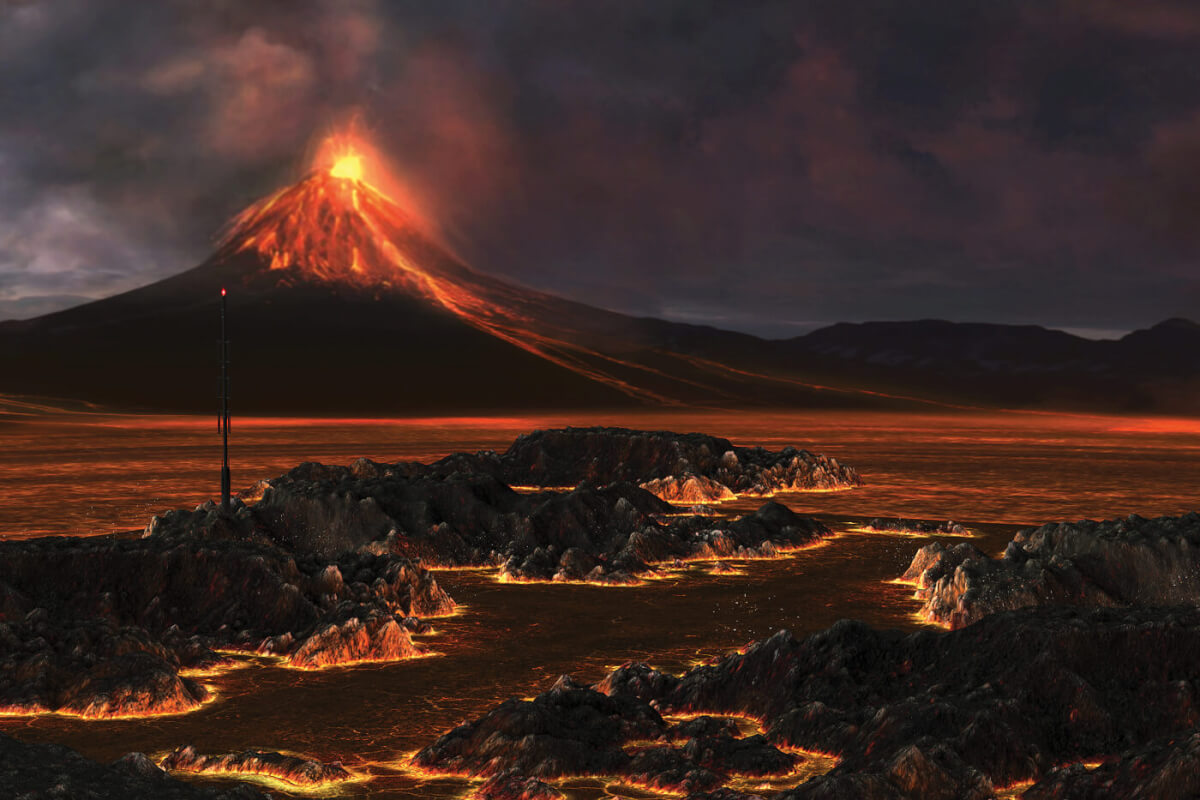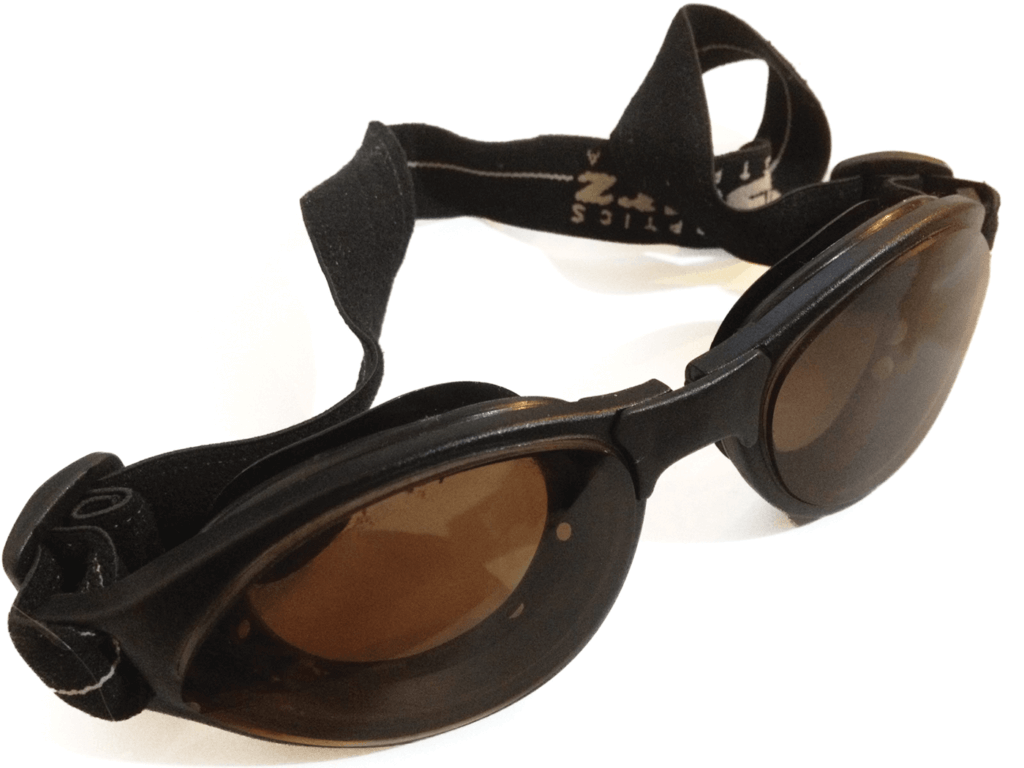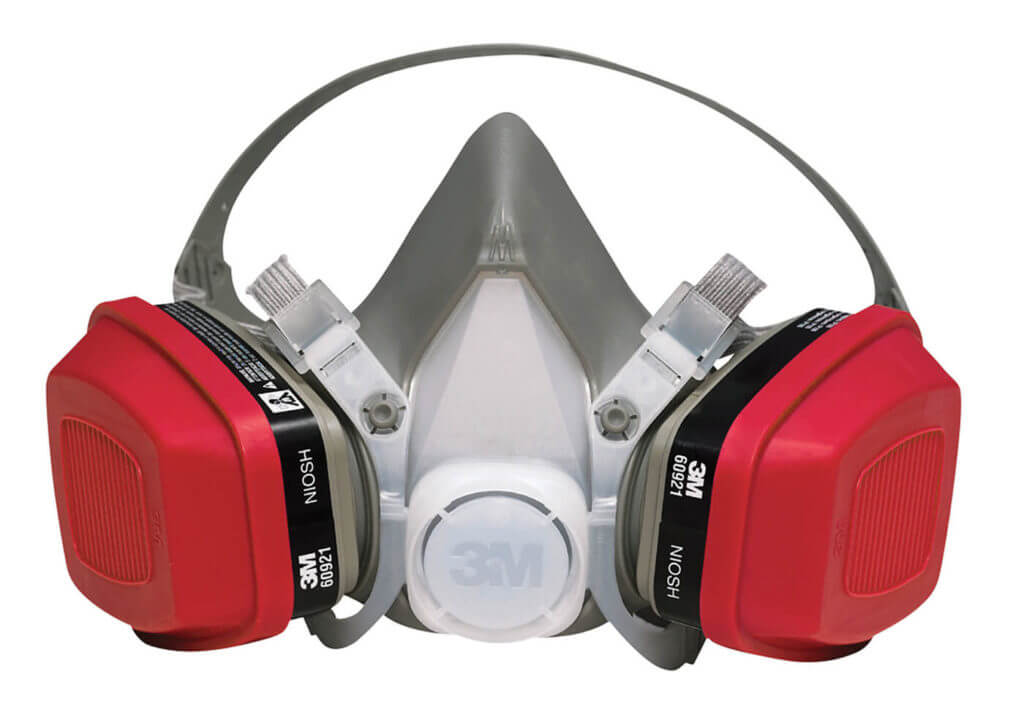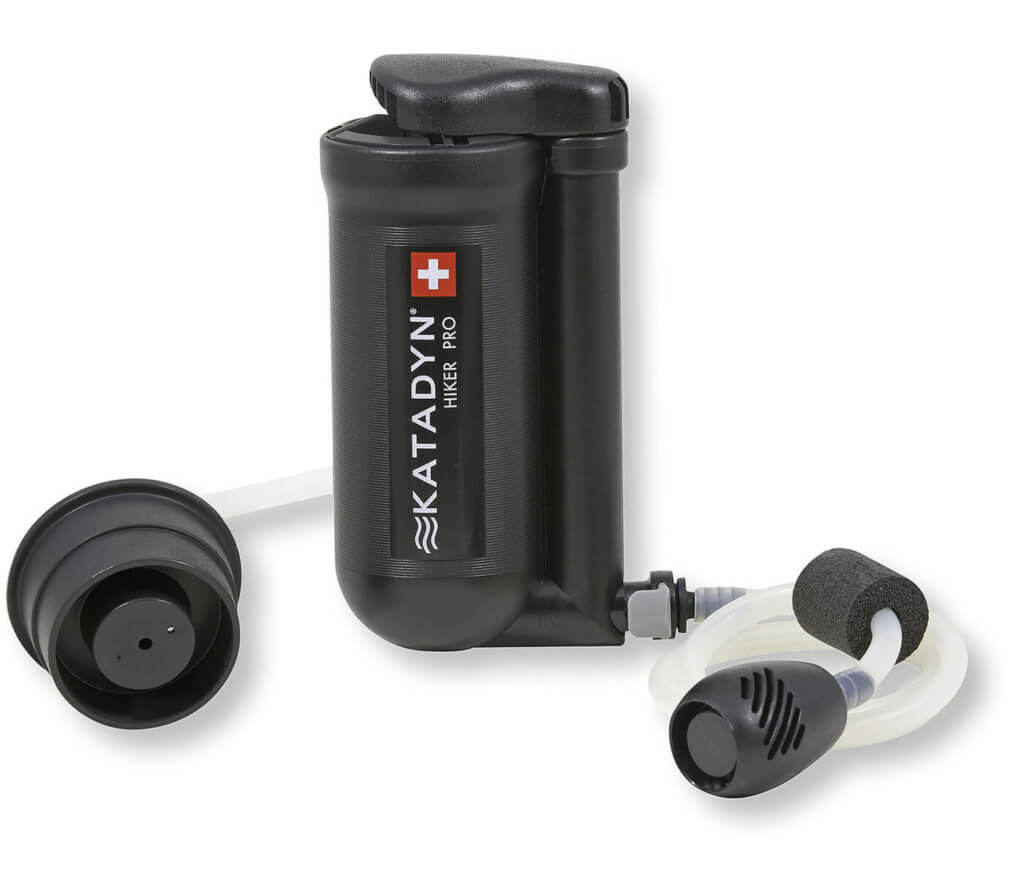Ask most people what they think of when they imagine a volcano eruption and they’ll describe red-hot lava sluggishly flowing from the mouth of the volcano. We’ve all seen the film clips of lava in Hawaii doing just that. But, as hard as it might be to believe, a river of molten rock is about the best possible scenario for a volcanic eruption. For the most part, you can see those coming, and they’re going to flow in a mostly predictable way. It’s the other kind of eruption that poses an extreme challenge for survival.
There are about 1,500 active volcanoes in the world, and 169 of them are in the United States. Most of the world’s active volcanoes are located along a big circle called the Pacific Rim of Fire. If you draw a line around the west coast of the Americas and out the Aleutian peninsula and down through the east coasts of Japan and Asia all the way down to Australia and New Zealand, you’ve pretty much got it. Most of the islands in the Pacific Ocean have a volcanic component to them, too. Other volcanoes are scattered around the world, including Etna in Sicily, Vesuvius on the Italian peninsula, Eyjafjallajökull in Iceland and some others in the Caribbean.
Every year, an average of 50 to 60 volcanoes erupt. For the most part, this is no big deal. They belch some gas and ash into the sky, or send some lava along a well-defined channel, adding some real estate to the local map. But, occasionally, we get that other kind of eruption—the ash and dust and mud kind. Volcanologists have a lot of scientific terms for it, but the bottom line is that a mountain just explodes, raining superheated rock and ash down on the countryside over hundreds of square miles, while a combination flood and landslide of superheated mud and rock scrapes absolutely everything off the landscape.
This happened in Washington State on May 18, 1980, when Mount Saint Helens erupted with the force of 500 nuclear bombs. People were expecting an eruption, but no one predicted that the top and side of the mountain would simply explode. The initial shockwave ran at over 300 mph and flattened everything in its path. Then came the pyroclastic flow—a wave of mud and rock hundreds of feet thick and measuring hundreds of degrees Fahrenheit. A total of 57 people died that spring morning, including those who defied warnings to evacuate and some who were in areas authorities believed to be safe.

But the people in the path of millions of tons of volcanic sputum were not the only ones with a challenging survival situation on their hands. The ash and dust from the explosion fell as far away as Minnesota. The entire Pacific Northwest was covered in a blanket of fine grit anywhere from an inch to a foot thick. If you dig a hole in the right place, you can still find a layer of ashy clay a few inches down.
The survival challenge for anyone under the umbrella of a volcano, and anyone who lives downwind of that volcano, is more subtle but no less dangerous. Plus, there’s a tremendous risk of property damage that you might not expect.
Yellowstone – The Big One
If all that doom and gloom doesn’t have you thinking in survival mode, consider this: Mount Saint Helens was pretty small in the grand scheme of things. The great Yellowstone Crater is expected to blow at some point, and if it goes up the way some scientists expect it will, the resulting super-eruption could take out much of North America entirely. The last time this crater blew up, the volcano spewed out 100 million cubic yards per second, which changed the climate of North America and may have caused the extinction of large numbers of species on the continent.
Yellowstone doesn’t look as imposing as a cone-shaped volcano mountain such as Mount Saint Helens or Mount Fuji in Japan, but it’s actually much more significant. When you enter the Yellowstone crater, it looks like you’re driving into a big valley. Don’t be fooled by the size, though—it’s still a volcanic crater. And the amusing tourist attractions like the Old Faithful geyser indicate that the volcano underneath that crater is alive and fully active.
Scientists believe that if Yellowstone fully erupts, the ejection could cover most of the western United States in ash, disrupting agriculture and wildlife. Up to half of the United States could be rendered uninhabitable for an extended period of time. An eruption of this scale would devastate the global economy and perhaps threaten civilization itself.
Surviving an Eruption Event
Your first challenge is to survive the actual eruption. The best way to do this is by being elsewhere when it happens. This is generally possible because at least in the United States, we keep a pretty close eye on our volcanoes. The mountains usually offer distinct signals to our scientists that indicate when an eruption is likely. When the situation goes critical, you’ll get an advisory to leave the area. You should heed that advice and leave by the safest route possible.
If you are caught by the explosion, you have a decision to make: shelter in place or run for it. If you believe you could be in the path of devastation, then running is the obvious choice. No humans overtaken by a pyroclastic flow have ever been known to survive. Such flows are too big, too fast, too hot, and absolutely deadly.

But if you are not in the immediate vicinity or along any likely paths of flows, your best bet is to plan on sheltering in place. Seal up your house as much as humanly possible. Seal up windows, doors, fireplace flues, HVAC system intakes and exhausts, attic hot air exhaust vents, kitchen blower vents, crawl space and basement vents. The sealing job doesn’t have to be fancy or completely airtight. You’re just looking to minimize the amount of dust and ash that gets in. You can use garbage bags and duct tape, sheet plastic, tarps, even bedsheets. The critical thing is not to let the ash get into your house where you will breathe it into your lungs.
Once you have sealed your house, you can hunker down there until the ash stops falling. Throughout this process, normal lockdown survival rules apply. You will need to rely on your stored drinking water and food. Utilities are also likely to be out for the duration, which might end up being an extended period of time.
TIP: Your standard home hot water heater holds 30 to 50 gallons of drinkable water suitable for a long-term lockdown situation.
Resist the temptation to go outside and check on things while the ash is flying. That just opens up the house to let ash in, and you’ll get ash on you while you’re outside. But at the same time, keep an eye on accumulations of ash through the windows, because a great weight of material is likely to be landing on your cars, your roof, your gutters, and so on. When this is all over, you’ll have plenty of time to exercise your respirator while washing and sweeping the ash away.
Surviving the Aftermath
While the actual eruption might be terrifying, the real challenge of surviving a major volcanic event happens after the mountain ceases its destructive tear.
In the near term, a volcanic eruption presents the same challenges as an earthquake, flood, or other natural disaster. Roads are likely to be impassable, utilities out for extended periods, and store-bought food will be thin on the ground.
Your first step here is to rely on your stored provisions. This is why you carefully planned and purchased the food and water you need to survive for several weeks. Standard rules apply: do not be conspicuous about how well you are doing, maintain a regular schedule of rations, and quietly help out as you are able.
Volcanoes and Climate Change
In the event of a regional volcanic disaster in North America, help should be on the way in short order. Food will arrive and getting water systems up and running will be a top priority, starting in larger population centers and working outward from them. But in the event of a nationwide or intercontinental disaster, things could look very different.
In recorded history, there are several instances of major eruptions that have actually changed the climate worldwide. What happens is that the ash and dust get into the upper atmosphere, blocking the sun and bringing on a volcanic winter that can last for years. In recorded history, we know that hundreds of thousands have starved after a major eruption, and in prehistory, it is thought that a volcanic eruption nearly caused the extinction of ancient man.
In that case, your long-term survival skills have to come into play. Many of the local livestock are likely to be dead of bronchitis and mechanical pneumonia from the initial eruption, and those that are left may be struggling to find suitable uncontaminated food.
Crops are likely to be meager or fail entirely at a continental level if freezing temperatures persist through a summer. When the normal growing season is disrupted, not just sown crops are in trouble; even the wild-growing foods that a resourceful person knows how to exploit will suffer. In this case, you could find yourself becoming a refugee, or at least bringing your precious stock of cash, metals, trade goods, and skills into play to keep yourself fed, housed, and healthy.
Keep your distance. If authorities are saying there’s a good chance a Volcano eruption is imminent, the best thing to do is bug out early and beat the rush. You should already have your escape plan established, and the supplies close at hand when the time comes.
As much as possible, follow directions. Scientists who study volcanoes have a pretty good idea where the mess is going to go. If it’s likely that the volcano is going to blow right across your bug-out path, it’s time to change that plan, pronto.
Pack the proper clothing. Volcanic ash is alkaline and not good for you. Wear and pack plenty of good-covering clothing to keep ash off of you.
Bring along eye protection to help keep ash and dust out of your eyes, and pack some saline solution to rinse ash out of your eyes.
Don’t forget to breathe—pack good respirators with replaceable filters, if possible. Painter’s masks, surgical masks, or even just a couple bandanas to keep ash out of your lungs will help but not as well as a respirator. Volcanic ash in your lungs can easily kill you.
If you must shelter in place, close off all access to the outside. That includes windows, doors, HVAC systems, and so on. Don’t forget the flue in the fireplace! You need to keep all ash and fumes outside.
Once the eruption hits, avoid driving or, if you must drive, try to add extra air-filtering capability to your car. Volcanic ash does nothing good for cars, and will be sucked right into your engine.
- Husband your resources carefully. You don’t know how long your stored provisions need to last.
- Depending on social conditions where you are, you may want to be rescued or to keep a low profile until order is restored. Be prepared for either possibility.
- Any wind or air disturbance will kick up ash and dust. When you must venture out, wear good, all-covering clothes and the best respirator you have.
Wash your air filters and keep them clean. If they get clogged and you can’t breathe, your other options won’t be as good.
Get ash and dust off your house and car as soon as you can use the hose to clean up. Especially if rain is imminent, the ash will hold water and get heavy, putting a heavier burden on roofs and gutters.
Editor’s note: A version of this article first appeared in the Doomsday 2014 print issue of American Survival Guide.







